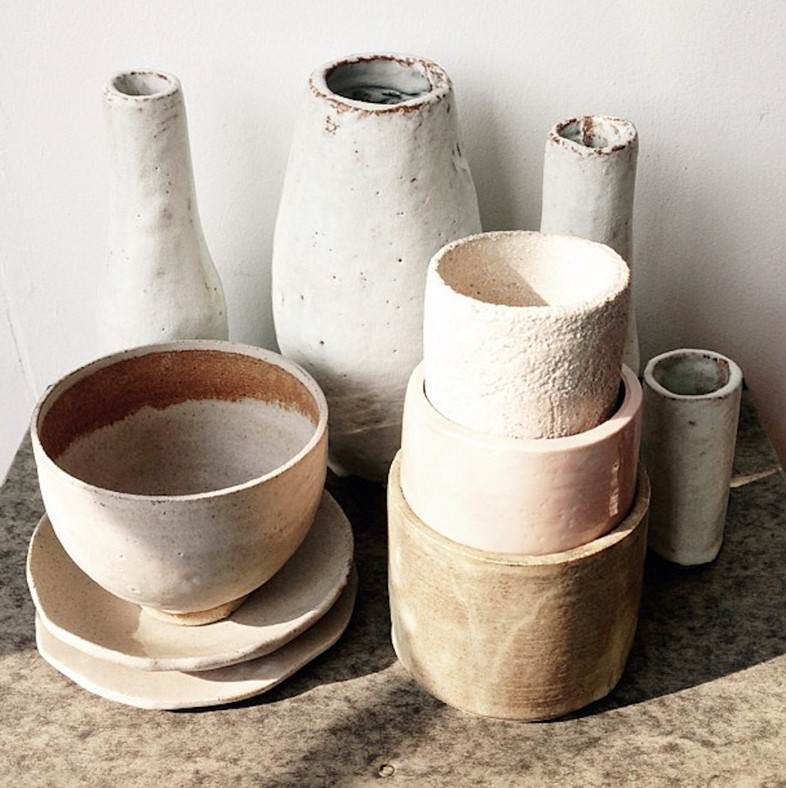AnOther considers pottery – a pastime currently enjoying a revival within the creative industries, mainly as a form of relaxation and gentle socialising
Who? Very few know that, after graduating in industrial design, Raf Simons made a living for two years buying and selling ceramics in Belgium and has since been an avid collector. "What I found magnificent was how the association of simple ingredients – earth, water and fire – gave birth to exceptional pieces," said Simons, whose collection of Pol Chambost works informed his S/S09 collection for Jil Sander. "I also like the relationship between ceramics and nature, the solitary aspect, and the craftsmanship, starting with the clay in your hands."

For years, pottery languished last in the roster of fashionable hobbies, with its most resonant cultural reference coming courtesy of Demi Moore and Patrick Swayze's seductive scene in 1990 classic Ghost. But no longer. The prehistoric pastime is currently enjoying a revival within the creative industries, mainly as a form of relaxation and gentle socialising.
What? From 400 B.C, earthenware pottery was produced on a mass scale by a potter's wheel in many parts of the world, but it was the Egyptians who first introduced kilns to fire their creations, and glaze (composed of quartz, soda and a mineral containing copper) to create a glass-like surface. The Ancient Greeks later introduced more advanced forms and decorative techniques, and around the middle of the thirteenth century, German potters started to produce stoneware. Tan or gray in colour, strong and naturally non-porous, stoneware was made from finer clays and fired at a higher temperature than earthenware. Late in the sixteenth century, a trade route through Manila brought pottery from China to Acapulco to Vera Cruz, Mexico to Europe.
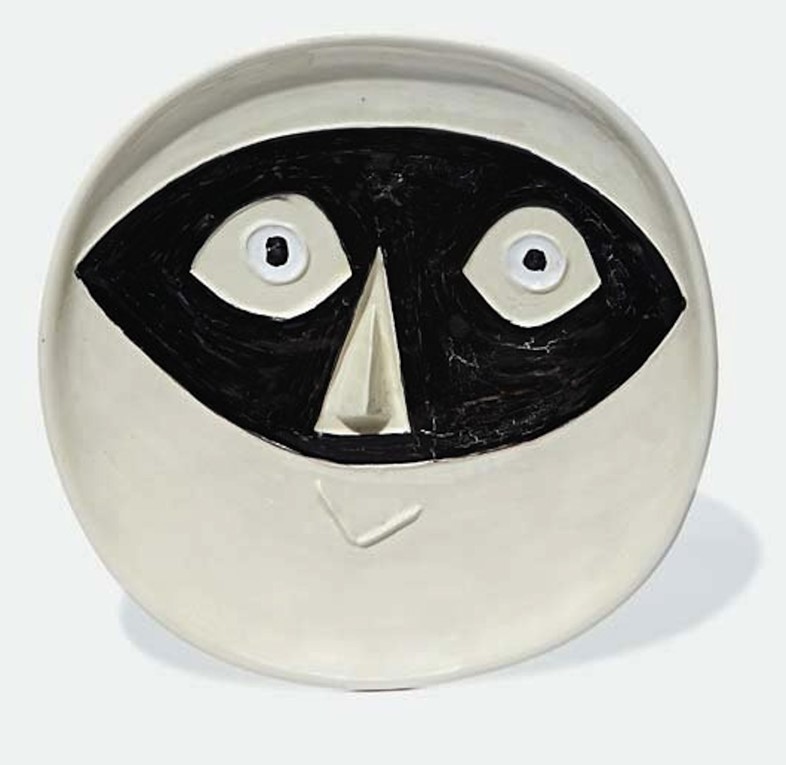
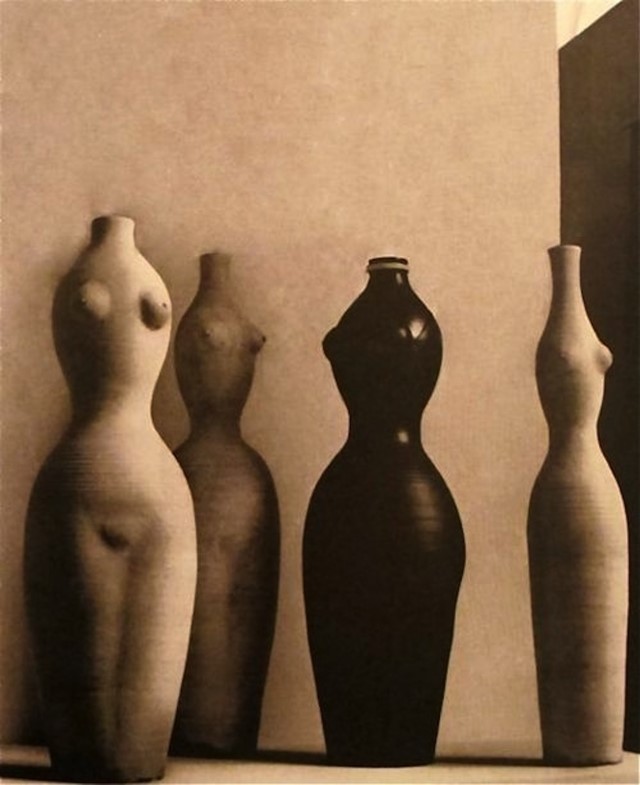
Why? So who are the new potters? Photographer Ben Toms, set designer Janina Pedan, stylist Robbie Spencer and jeweller Noemi Klein are just a few creatives who are advocators of the practice, purely as a hobby. Many of them first experimented with clay during their art foundations and have recently decided to revisit the activity, focusing on hand-building rather than the conventional wheel. "It's creative and stress free as you can be as amateurish as you like," explains Klein, whose usual practice focuses on intricate silverware.
"In a world filled with technology, nothing could feel more genuine and human and real than clay." — Francesca Gavin
The S/S14 issue of The Gentlewoman profiled musician Cate Le Bon, who presented everyone who bought her new album Mug Museum with a ceramic mug of her own making. Yet whilst Le Bon's ceramic craftsmanship was made public, the clay works created by other creatives often go unseen, forming a fascinating genre of personal, undiscovered work.
Popular classes in London include Hackney City Farm, Greenwich Community College and Turning Earth studio in Hoxton. Tips from attendees include consulting YouTube for how-to videos of key techniques, but also being experimental; using Pinterest for inspiration (one of our favourites, here) and, vitally, investing in a good quality hand cream.

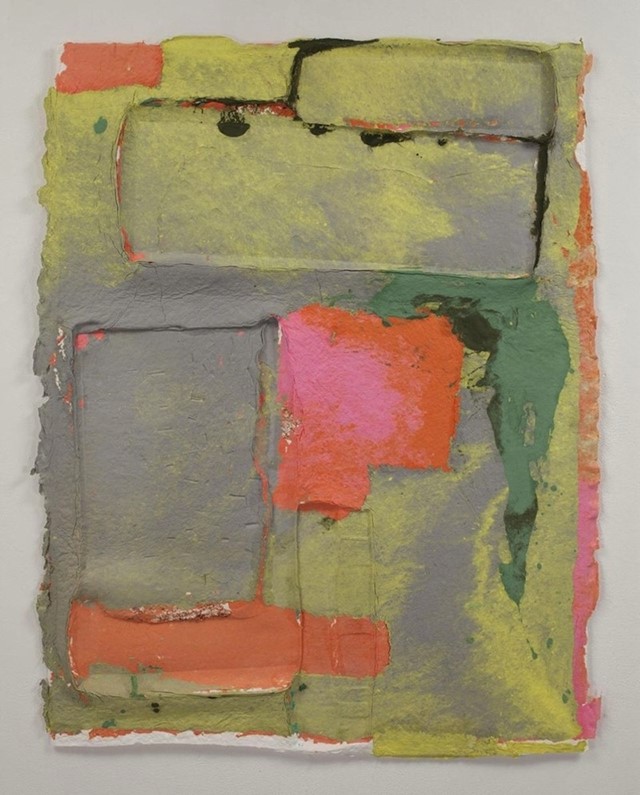
It has also become prolific in the contemporary art world, used by those including more established artists such as Edmund de Waal, David Shrigley and Grayson Perry, and newer names such as Arlene Shechet, Anna Frith Hodgson and Phoebe Collings-James. The reason behind the renewed interest in pottery? "A search for authenticity," arts writer and AnOther Magazine contributing editor Francesca Gavin explains. "In a world filled with technology, nothing could feel more genuine and human and real than clay."
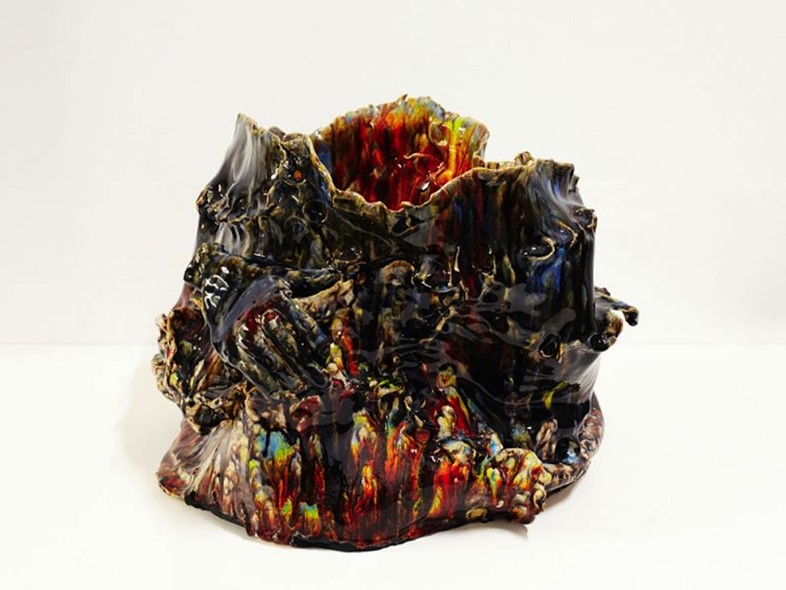
"I've been fascinated by a younger generation's misuse of the medium. The technical skills are there but artists like Jesse Wine and Aaron Angell are pushing clay and glazes in fascinating ways", she continues. "Function is irrelavant here. These are artworks with a visceral nature as much as paint or any other medium."
Text by Laura Bradley
